
You’re always buying one currency when you open the trade and then selling it against the other when you close the position.
The difference in the exchange rate in the duration of your trade is how you make (or lose) money from the Forex transaction.
The Major Currencies
Each currency is categorized as either a ‘Major’, ‘Minor’ or an ‘Exotic’, depending on their trading volume, or liquidity. The ‘major pairs’ are the most liquid currencies paired up with the USD.
We won’t bother discussing the exotic pairs here. They are ignored by most traders as there is very little liquidity in those markets which can cause low volatility trading conditions. Traders focus is more directed towards the major USD pairs.
Take a look at this currency distribution table from Wikipedia from 2010…
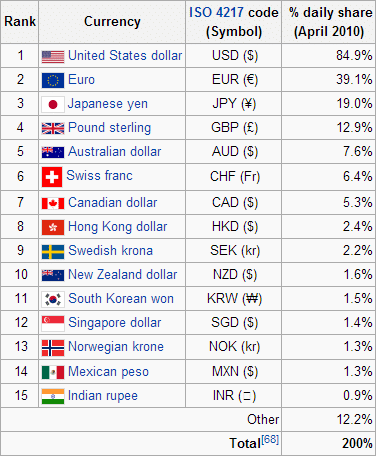
The United States Dollar (USD)

Also known as the greenback, the U.S Dollar is by far the most traded currency across the globe in all markets. Major currencies in the spot market are paired up with the USD to form the ‘major pairs’.
The high trading volume of the USD is due to the fact that America has the world’s largest economy, and is the unofficial global currency reserve. Not to mention the USD is widely accepted in by many countries.
Commodities are also compared in value to the USD, with gold and silver also having their place in the Forex spot market – Gold (XAU/USD) and Silver (XAG/USD).
Naturally any major events or economic activity in the United States has a dramatic effect across all the global markets. The USD’s value is heavily intertwined into all aspects of the global market dynamics.
The Non-Farm Payroll figure that the US release once a month can cause extreme volatility in the market during its release. So much that traders will avoid having trades open around this time.
The Euro (EUR)

When looking at the Forex market history, the EURO is relatively new to the scene. Despite it’s youth, the EURO has managed to become the 2nd most traded currency across the globe, making it’s mark as one of the major currencies.
The EURO is the official currency for all countries that are members of the European Union.
The Euro was created with the intention of creating macroeconomic stability across the Euro-area, and to increase control over potential future inflation.
The Euro also eliminated the currency exchange problems between the European countries trading internally with each other.
The Euro’s value is determined by a number of economic and political influences of the countries’ that make up the Eurozone.
Main factors being Central Bank Policies, Interest Rates, trade balance (export profits minus import costs), inflation, debt levels, and GDP output of the Eurozone countries.
The Euro is heavily traded with the USD, this makes the EUR/USD the most traded currency pair on the spot market, therefore the most liquid.
The Japanese Yen (JPY)

Out of all of the major currencies, the Japanese Yen (JPY), is the third most traded currency in the world. The Yen is the most traded currency in the Asian sector.
Then Japanese Yen is known for its potential in carry trade. The bank of Japan has basically set a zero interest rate policy. Traders borrow JPY and exchange it for the other major currencies like the high yielding Australian Dollar.
The Aussie Dollar has a high interest rate. Profits are made from the difference in overnight interest charges/earnings.
The popularity for carry trade profits has created a huge demand for the JPY, and a high demand for a currency increases its value. The Japanese economy relies heavily on its export industry to fuel its economy and the soaring JPY value is choking their economy.
Now the bank of Japan is intervening directly in the markets to weaken the yen. They need to do everything possible to help boost their export sector and restore economic stability.
The Great British Pound (GBP)
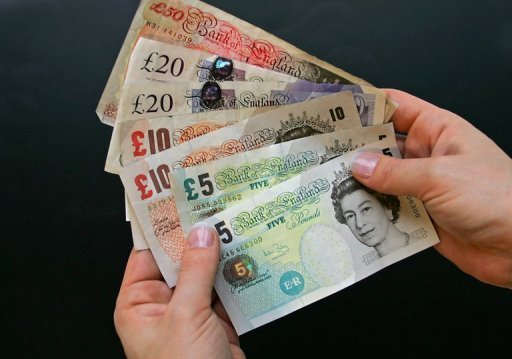
Out of the major currencies the GBP ranks 4th. The British Pound is the home currency of the United Kingdom.
Interestingly enough the United Kingdom is part of the Euro zone, but has chosen not to adopt the Euro due to pride the country has in the Pound’s history and it keeps their government in control of domestic interest rates.
Factors that can affect the value of the Pound are its interest rates, the UK trade balance and the demand for oil.
The GBP is largely backed by Crude Oil and Natural Gas. Crude oil prices are very volatile and spike up and down rapidly.
Any sudden spikes up or down in crude prices can influence the value of GBP.
The Swiss Franc (CHF)
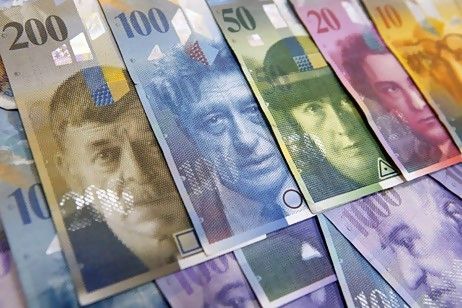
The currency of Switzerland, also known as the Swissy, is considered the safest and most stable currency in the foreign exchange market. The biggest influence of the CHF is the inflation of the Swiss economy.
If the Swiss National Bank decides to raise interest rates, investors may sell other assets elsewhere to invest into the CHF because of its safe reputation.
Another big influence on the Swiss Franc is fact that 40% of the currency is supported by gold reserves. When the prices of Gold go up this directly strengthens the value of the CHF.
Due to the huge demand for the Swiss Franc, its value has climbed to a point where it was destroying the Switzerland import/export industry.
At the time of this writing, the Swiss National Bank has pegged the value of the franc to 1.2000 EUROs in an attempt to stabilize its economy.
The Commodity Dollars
Some of the major currencies are sometimes referred to as the ‘Comm Dolls’.
These guys are the currencies whose value is heavily correlated to commodities like Gold, Silver, Crude Oil & High Grade Copper. Comm Dolls currency value is heavily influence by the supply and demand for these precious metals and even crude oil.
The Australian Dollar
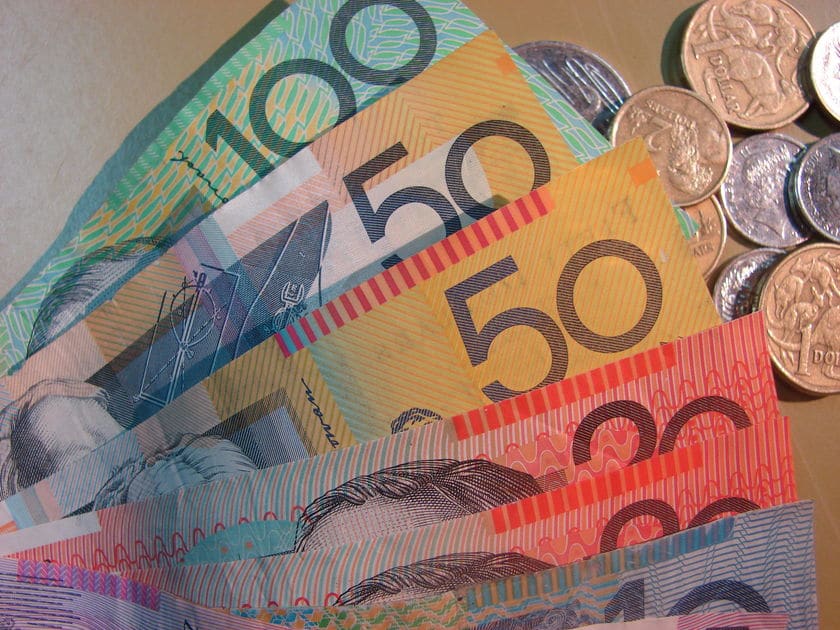
Australia trades heavily with the all the other major Asian economies especially China, which is Australia’s biggest trading partner.
If China’s manufacturing slows down it can have a direct effect on the AUD value. Australia supports China’s manufacturing by supplying them with the raw materials.
Less demand for these materials will cause them to drop in value, and in turn weaken the demand for the Australian Dollar.
On the flipside the Australian Dollar generally booms when demand for raw manufacturing materials is in high demand across the globe.
The value of gold and silver also influences the AUD since Australia has a large precious metals mining industry.
The reserve bank of Australia has the highest interest rates set across all the major currencies, attracting carry traders.
We discussed how carry trade can be generated when traders borrow money from low interest rate currencies like the Japanese Yen, and exchanging it for Australian Dollars.
The Canadian Dollar
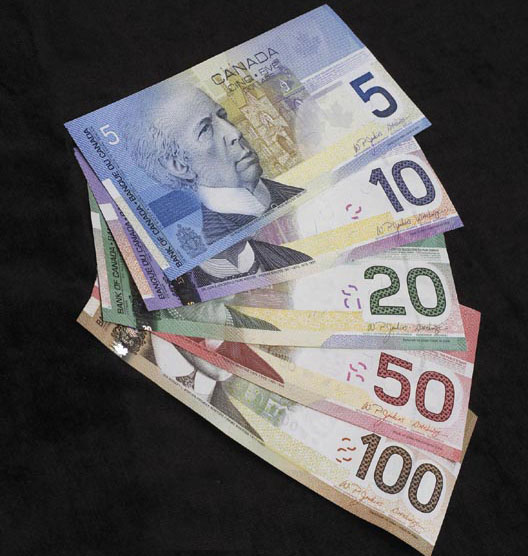
The CAD belongs to the Canadian economy, and is also sometimes referred to as the Loonie.
Canada is another commodity based economy which controls the world’s 2nd largest reserve for crude oil in the world.
So as you can imagine the Canadian Dollar’s value is heavily influenced by the supply and demand for crude oil.
With the largest consumer based economy (The United States) being located right next door to Canada.
The Canadian Dollar is highly correlated to the strength of the US economy.
The US is Canada’s biggest customer for crude. Because crude oil experiences extremely spontaneous volatile price movements, the USD/CAD pair can be a very tough market to trade.
Other than the crude oil factor, the Canadian Dollar’s value is affected by its interest rates and central bank policies
Conclusion
As we can see each currency has specific qualities and influences that determine their strength or weakness.
Understanding what drives the major currencies is always good knowledge to have, especially if you’re passionate about trading. Having a good understanding about price action is always essential when applying any Forex trading strategy.
In the next chapter we look at the different Forex sessions and when each of the major currencies show most activity across the overall 24 hour Forex session.

Haniffa
Best example is GBP UK is in the EU but has it own currency
Any
Hi,
The EURO is not the official currency for all countries that are members of the European Union. Euro is the official currency of the eurozone – 18 countries only. The European Union consists of 28 countries.
Best regards,
Any